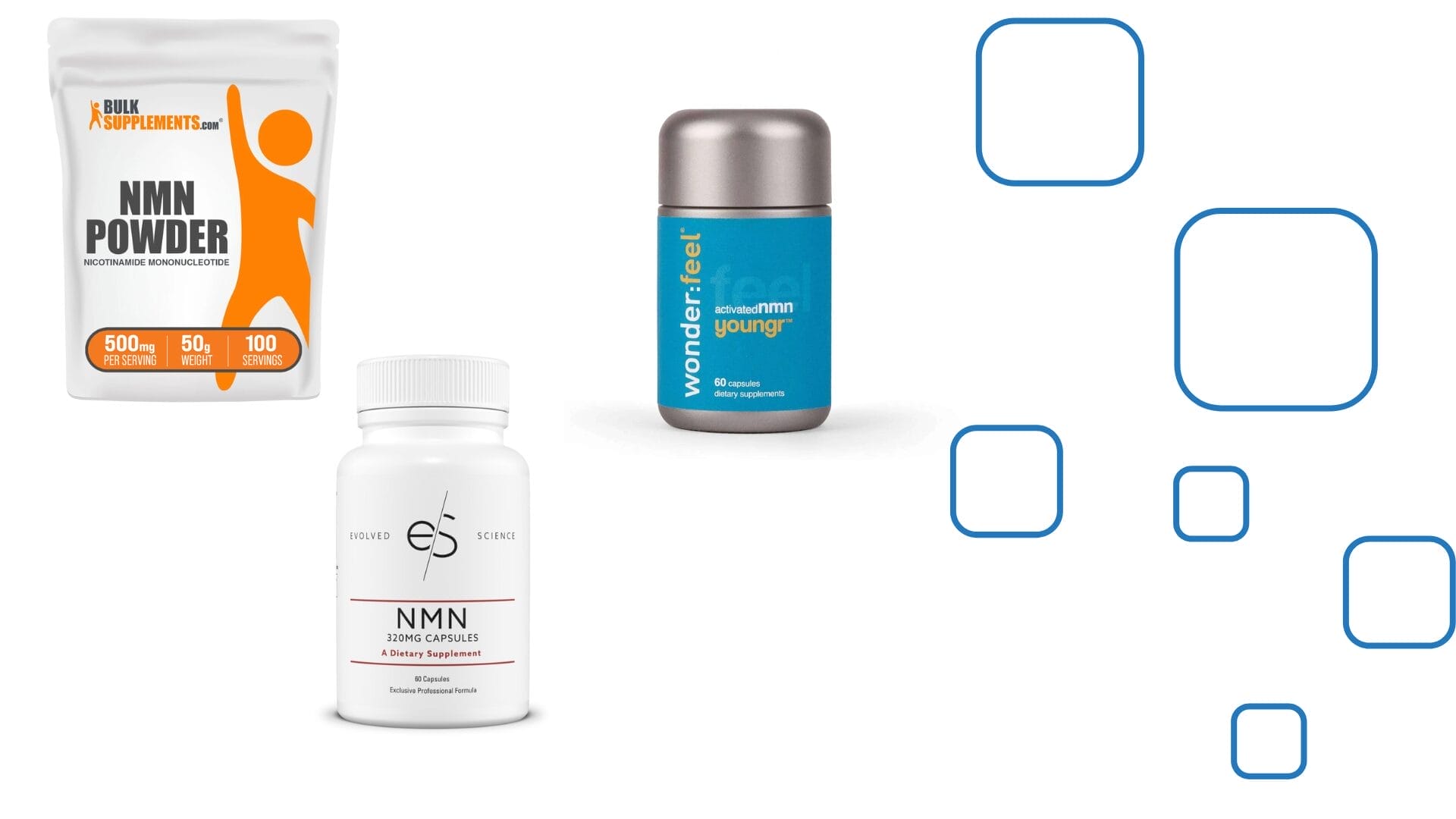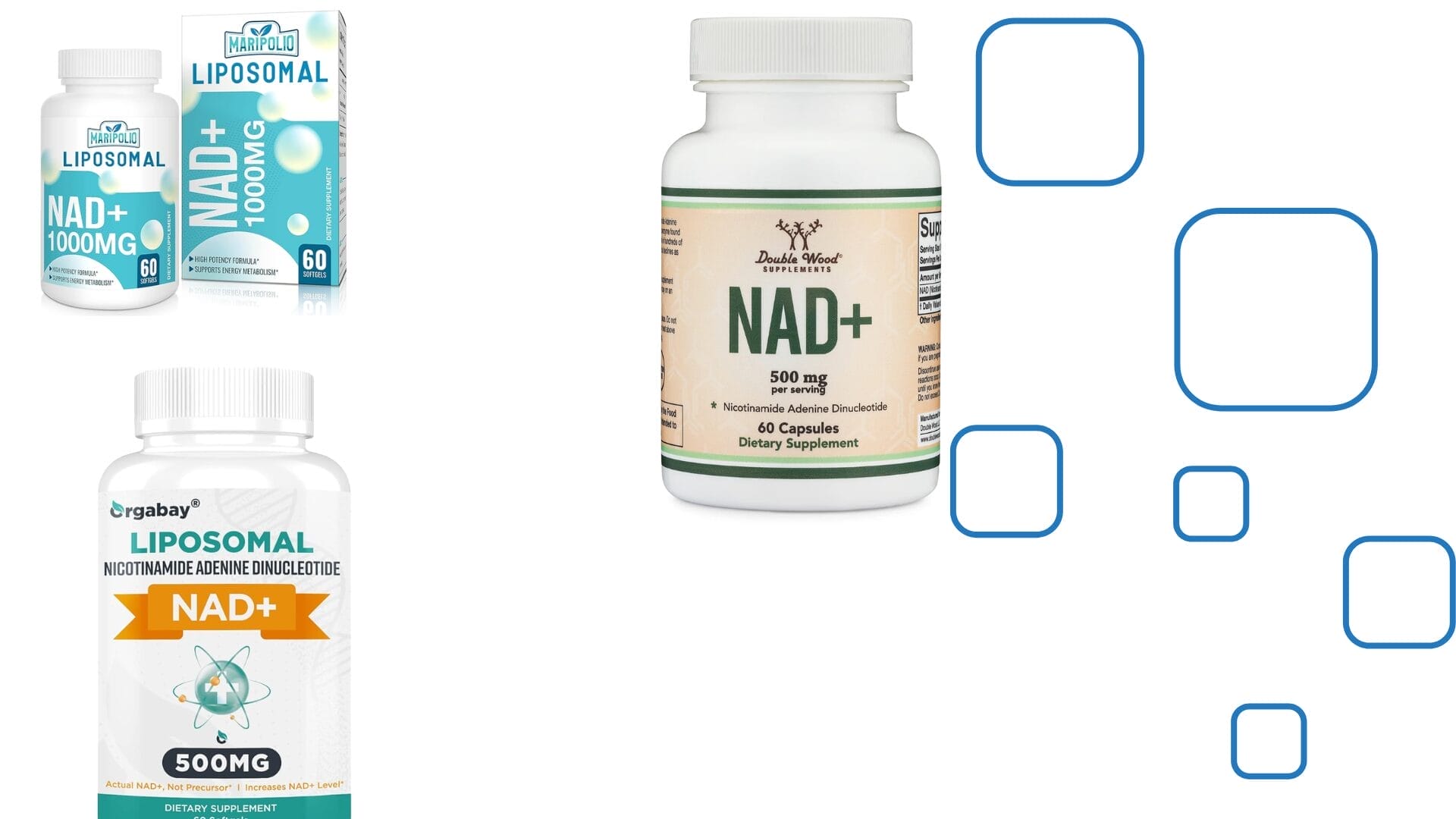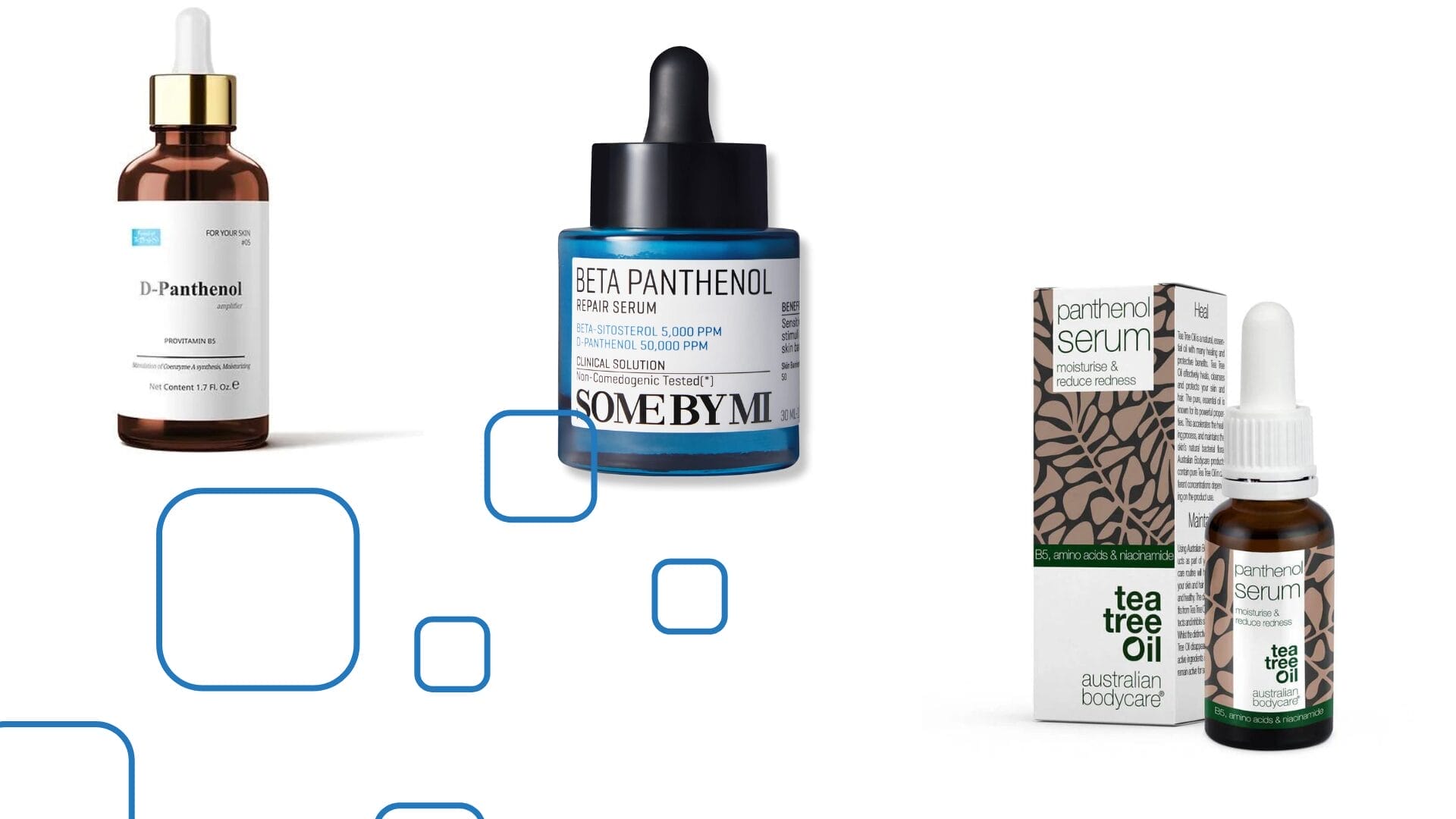Rating: 4.5 / 5
Last updated: 07/12/24
Okay, let’s talk glycolic acid because this one has serious buzz.
This alpha-hydroxy acid (AHA) has been making waves in the beauty world, promising smoother, younger-looking skin. But is glycolic acid really worth all the hype? Let’s dive into the science, benefits, and potential drawbacks to help you decide if this skincare ingredient deserves a spot in your routine.
Summary: Is Glycolic Acid Worth the Hype?
In short: Yes, glycolic acid lives up to much of its hype. This powerful exfoliant has been scientifically proven to improve skin texture, reduce fine lines, and even help with acne. Its small molecular size allows for deep penetration, making it one of the most effective AHAs available. However, it’s not for everyone, and proper use is crucial to avoid irritation.
Pros and Cons of Glycolic Acid
Pros:
- Effectively exfoliates dead skin cells
- Improves skin texture and tone
- Reduces the appearance of fine lines and wrinkles
- Helps with mild to moderate acne
- Increases collagen production
- Enhances skin hydration
Cons:
- Can cause irritation, especially at higher concentrations
- May increase sun sensitivity
- Not suitable for very sensitive skin
- Requires consistent use for best results
- Can be drying if overused
Why is Glycolic Acid Being Hyped?
Glycolic acid has gained popularity for several reasons:
- Proven Efficacy: Numerous studies have demonstrated its effectiveness in improving skin texture and reducing signs of aging.
- Versatility: It works for various skin concerns, from acne to aging.
- Quick Results: Many users report noticeable improvements in skin texture within weeks.
- Professional Endorsement: Dermatologists often recommend glycolic acid for its proven benefits.
- Accessibility: Available in various concentrations, from over-the-counter products to professional peels.
Is Glycolic Acid Good for You?
For most people, glycolic acid can be a beneficial addition to their skincare routine. Here’s why:
- Exfoliation: Glycolic acid breaks down the bonds between dead skin cells, promoting faster cell turnover.
- Hydration: It acts as a humectant, attracting water to the skin.
- Collagen Boost: Studies show that glycolic acid can stimulate collagen production, especially at pH 4.
- Acne Treatment: It’s effective in treating mild to moderate acne by unclogging pores and reducing inflammation.
- Anti-Aging: Glycolic acid can help reduce fine lines, wrinkles, and sun damage.
However, it’s crucial to use glycolic acid correctly. Start with lower concentrations (around 5-7%) and gradually increase as your skin adapts. Always follow up with sunscreen, as glycolic acid can increase sun sensitivity.
What are Glycolic Acid Alternatives?
If glycolic acid isn’t suitable for your skin, consider these alternatives:
- Lactic Acid: Another AHA, but gentler and more hydrating.
- Mandelic Acid: A larger molecule AHA, less irritating for sensitive skin.
- Salicylic Acid: A beta-hydroxy acid (BHA) that’s excellent for acne-prone skin.
- Retinol: A vitamin A derivative that promotes cell turnover and collagen production.
- Enzyme Exfoliants: Natural enzymes from fruits like papaya or pineapple offer gentle exfoliation.
Best glycolic acid products
Here are some popular glycolic acid products available on Amazon:
| Product | Monthly Sales | Price | Avg. Reviews | Brand | Link |
|---|---|---|---|---|---|
| Botanic Tree Glycolic Acid Face Wash | 8,937 | $24.90 | 4/5 | Botanic Tree | View on Botanic Tree |
| The Ordinary Glycolic Acid 7% Toning Solution | 4,726 | $16.35 | 4/5 | THE ORDINARY | View on The Ordinary |
| Mario Badescu Glycolic Acid Toner | 2,696 | $18.00 | 4/5 | Mario Badescu | View on Amazon |
Quick Answers
How often should I use glycolic acid?
Start with 1-2 times per week and gradually increase as tolerated. Some people can use it daily, while others may only need it weekly.
Can I use glycolic acid if I have sensitive skin?
It’s best to start with a lower concentration (5%) and patch test first. If irritation occurs, try a gentler alternative like lactic acid.
Is glycolic acid safe during pregnancy?
Consult your healthcare provider, as some doctors recommend avoiding AHAs during pregnancy.
Can I use glycolic acid with other active ingredients?
Be cautious when combining with other exfoliants or active ingredients like retinol. It’s best to use them on alternate days or consult a dermatologist.
How long does it take to see results from glycolic acid?
Some improvement in skin texture can be seen within weeks, but more significant results typically take 1-2 months of consistent use.
In conclusion, glycolic acid is a powerful skincare ingredient that can deliver impressive results when used correctly. While it may not be suitable for everyone, its proven benefits in exfoliation, hydration, and anti-aging make it worth considering for many skincare enthusiasts. As always, start slow, listen to your skin, and consult a dermatologist if you have any concerns.


